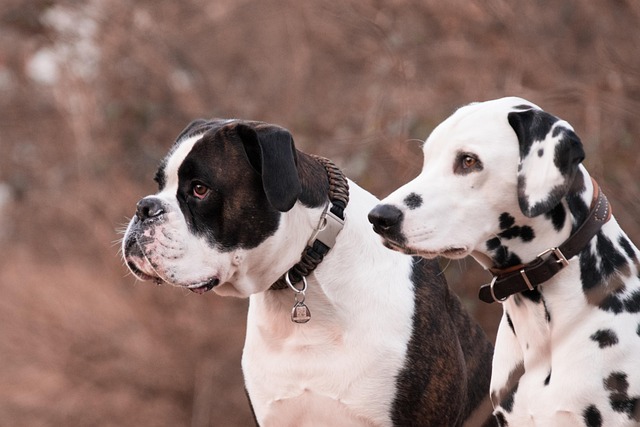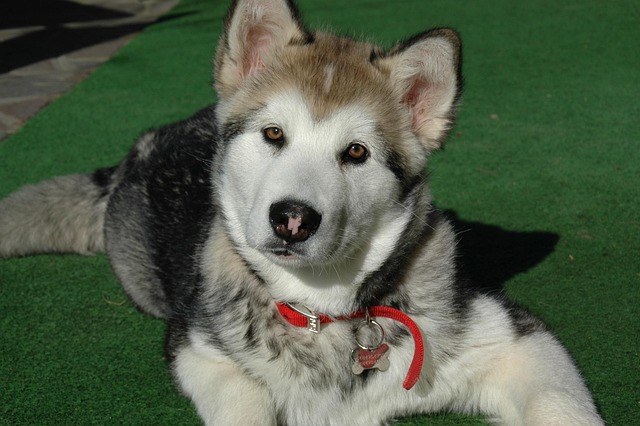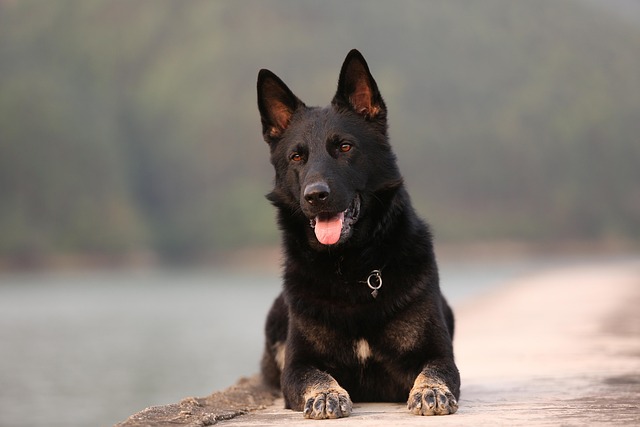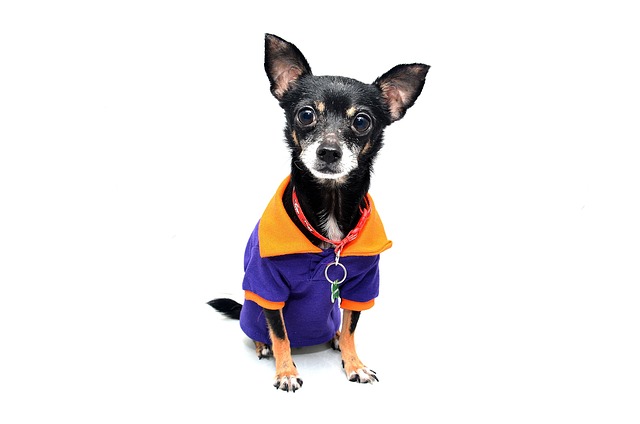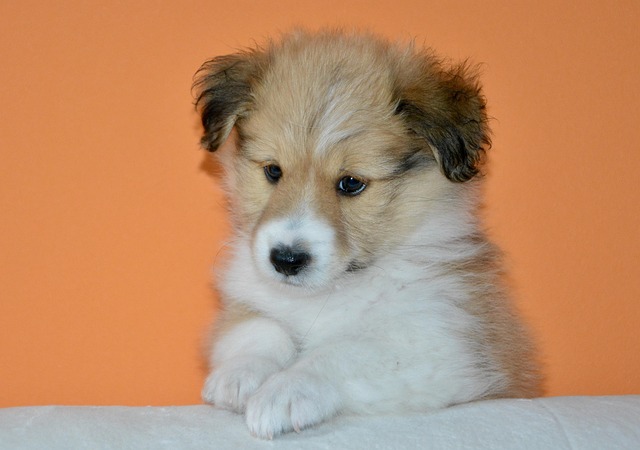Dental extractions can be tough on any dog, whether it’s a tiny Chihuahua or a sturdy Labrador. After the procedure, pet owners often find themselves watching their pup’s every move, wondering when that sore mouth will start feeling better. The healing process isn’t one-size-fits-all, but understanding the general timeline can help you know what to expect.
The recovery timeline for a dog’s mouth after extractions can vary, but most pups start feeling like themselves within a week or two. Typically, the initial healing phase—where swelling goes down and the gums begin to close—takes about 7 to 10 days. For more complex cases, like multiple extractions or removing broken teeth deep in the jaw, full healing might stretch to 3 to 4 weeks. It’s not uncommon for some dogs to have minor sensitivity for a bit longer, especially if they’re prone to chewing on hard toys or scratching at their mouth.
Your role in this process matters a lot. Vets usually recommend soft food—think boiled chicken or specialized recovery kibble soaked in water—for the first week. Avoid anything hard or chewy, which can irritate the healing gums. Also, keep an eye on their behavior: if they’re refusing food, drooling excessively, or showing signs of pain, it might mean an infection is setting in. That’s when a call to the vet is a must.
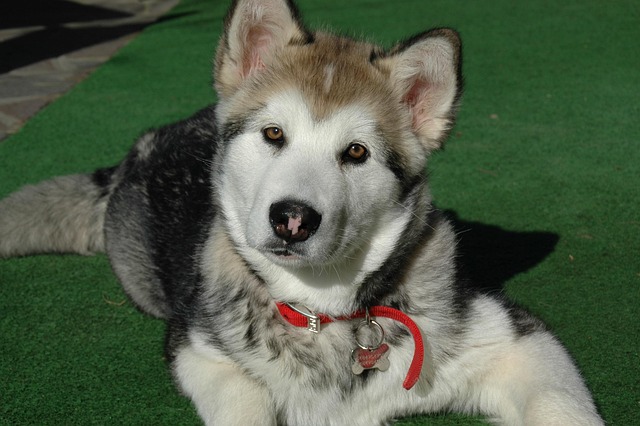 In many places across Europe and North America, there are regulations that tie into post-surgery care. For example, some regions require pets to be kept leashed or confined during recovery to prevent injury, which applies here too. Letting a dog run wild or tussle with other pets too soon after extractions could lead to reopened wounds, and in some areas, failing to provide proper care might even be considered neglect under local animal welfare laws. It’s worth checking your local ordinances—they often outline basic standards for post-medical care.
In many places across Europe and North America, there are regulations that tie into post-surgery care. For example, some regions require pets to be kept leashed or confined during recovery to prevent injury, which applies here too. Letting a dog run wild or tussle with other pets too soon after extractions could lead to reopened wounds, and in some areas, failing to provide proper care might even be considered neglect under local animal welfare laws. It’s worth checking your local ordinances—they often outline basic standards for post-medical care.
Every dog heals differently, of course. Smaller breeds might bounce back faster than large ones, and younger dogs usually recover quicker than seniors. Dental health before the procedure plays a role too; dogs with severe gum disease might take a bit longer to heal because their tissues were already compromised. Your vet should give you a personalized timeline based on your dog’s specific case, so don’t hesitate to ask for details.
By the end of the first month, most dogs are back to their normal routines—chasing squirrels, gnawing on their favorite bones (once cleared by the vet), and eating without discomfort. The key is patience and keeping a close watch in those early weeks. With the right care and attention to both their physical needs and local regulations, your pup’s mouth will be good as new in no time.
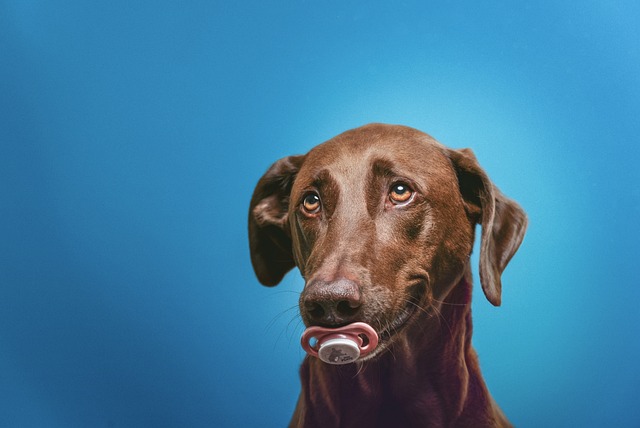
 In many places across Europe and North America, there are regulations that tie into post-surgery care. For example, some regions require pets to be kept leashed or confined during recovery to prevent injury, which applies here too. Letting a dog run wild or tussle with other pets too soon after extractions could lead to reopened wounds, and in some areas, failing to provide proper care might even be considered neglect under local animal welfare laws. It’s worth checking your local ordinances—they often outline basic standards for post-medical care.
In many places across Europe and North America, there are regulations that tie into post-surgery care. For example, some regions require pets to be kept leashed or confined during recovery to prevent injury, which applies here too. Letting a dog run wild or tussle with other pets too soon after extractions could lead to reopened wounds, and in some areas, failing to provide proper care might even be considered neglect under local animal welfare laws. It’s worth checking your local ordinances—they often outline basic standards for post-medical care.